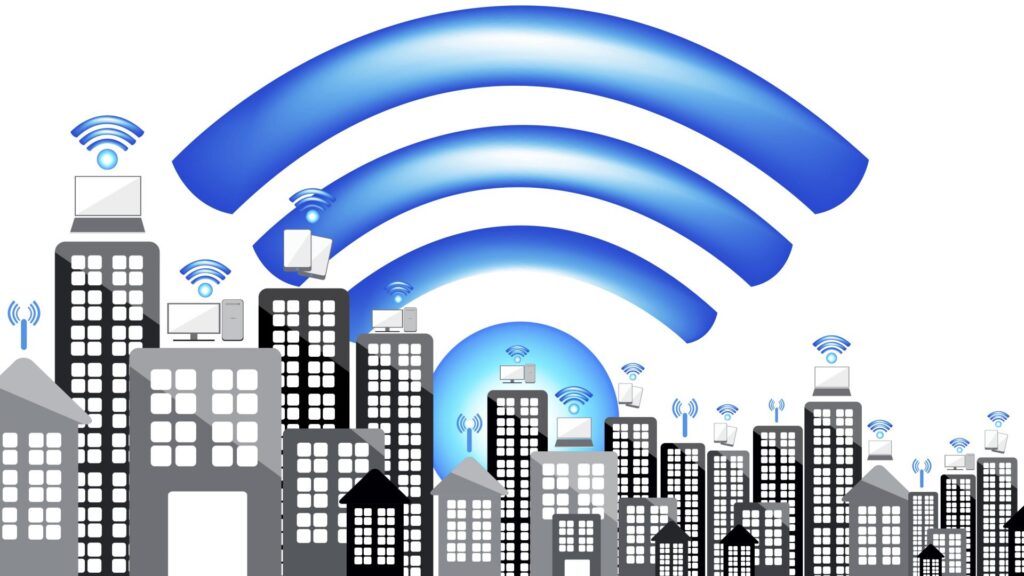Setting up a guest network on the TP-Link extender is one of the safest ways to give internet access to visitors through your existing WiFi network. After configuring a guest network on the extender, you need not reveal the WiFi credentials of your main wireless network.
Apart from that, the guest WiFi network is considered safe because it won’t let any malware compromise the security of your home network. For example, if a wireless client device connected to the guest network of your TP-Link extender is infected with a virus, then it won’t be able to affect other client devices. That is why setting up a guest WiFi network is important. Just in case you are wondering about the procedure to set up a guest WiFi network, then we have summed it up for you. So, let us head towards the steps to configure the guest network by accessing tplinkrepeater.net.
How to Set Up Guest WiFi on TP-Link Extender?
Here are the do-follow instructions that will help you configure a guest WiFi network on the TP-Link repeater:
- Power up your TP-Link range extender after plugging it into an electrical outlet.
- Once the power LED on the extender stabilizes, connect it to the router.
- Now, switch on your PC or laptop.
- Open a web browser of your choice.
- Move the cursor to the URL field.
- Type tplinkrepeater.net into it.
- Press the Enter key.
- The tplinkrepeater login page will welcome you.
- Perform TP-Link extender login using the username and password you’ve set for your WiFi device.
- You will get redirected to the Quick Setup wizard.
- Now, navigate to the Settings menu and click the Advanced option.
- Thereafter, select the Wireless section and look for the Guest Network option.
- Once found, click it and select Enable.
- Now, you will be prompted to set the network name (SSID) and password (Network Key) for the guest network you’ve created.
- Do as prompted.
Note: Consider setting a strong WiFi password. We suggest you create a combination of letters, digits, and special characters.
- The TP-Link extender also allows you to set a time period for the guest network. So, do as required.
- Lastly, click the Save button to bring the changes into effect.
In this way, you can set up a guest WiFi network on the TP-Link extender. Just in case you are unable to do so, don’t hesitate to give a shot to the troubleshooting tips mentioned below:
Fixed: Can’t Set Up Guest WiFi Network
- Check whether the electrical outlet used to power up your TP-Link range extender is working or not. If not, then make use of another electrical socket.
- Ensure that there is a stable connection between your TP-Link extender and the host router. If you’ve connected your devices using a wireless source, consider placing them close to each other. In case you’ve created a wired connection, ensure that the Ethernet cable is free of cuts.
- Make sure that the web browser you are using to set up a guest network on the TP-Link extender is running on its updated version. Besides, do not forget to clear the cache, cookies, and browsing history of the web browser.
- Type the correct default web address of the TP-Link extender in the address bar of the web browser.
- Use the correct tplinkrepeater login credentials to log in to your TP-Link range extender. Do not commit typos while entering them. This is because they are case-sensitive. A typo is enough to prevent you from setting up a guest network on the repeater.
- Make sure that your TP-Link range extender is not located in a room filled with WiFi interference.
- Temporarily disable antivirus software and firewall on the PC you’re using to set up a guest WiFi network on the TP-Link extender.
Sum Up
Setting up a guest network is important not only if you have plenty of guests at your home but also if you’ve got a number of wireless client devices. We hope that the aforementioned tips will help you set up a guest network on the TP-Link extender with ease.
